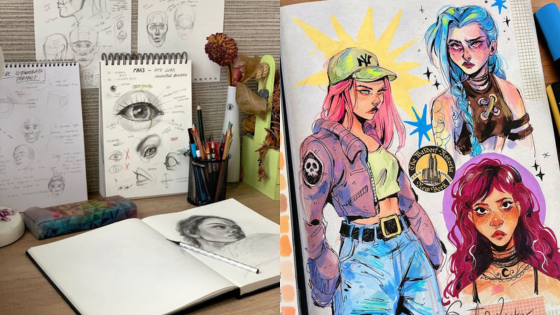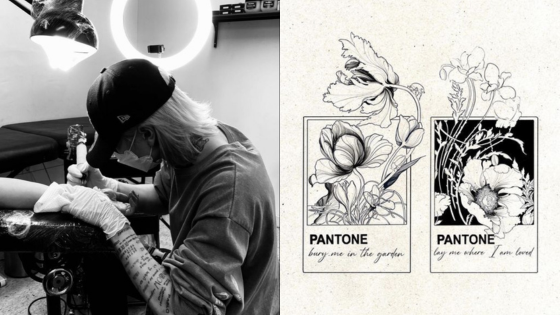Learning to draw realistic eyes is a rewarding skill that can enhance your overall artistic ability. In this step-by-step guide, you will discover the techniques necessary to create lifelike eyes that captivate viewers. By mastering these methods, you can elevate your drawings and bring your artistic visions to life.
You will find that the process begins with the right tools and an understanding of basic shapes. As you progress, refining details will help you achieve the depth and realism needed to make your eyes come alive on the page. This guide will equip you with the knowledge to add those essential finishing touches that complete your artwork.
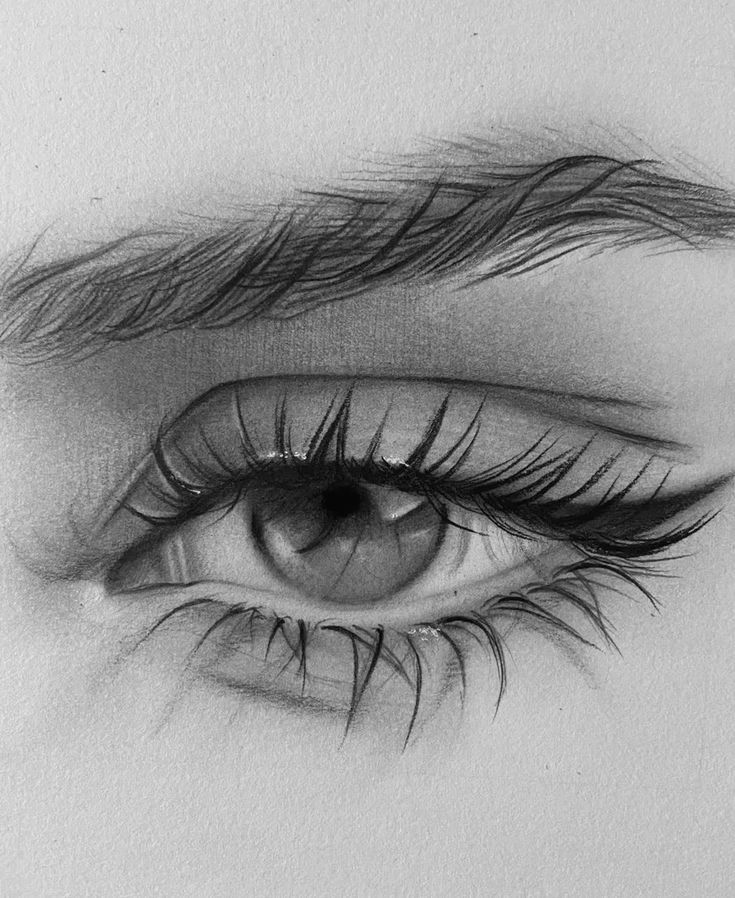
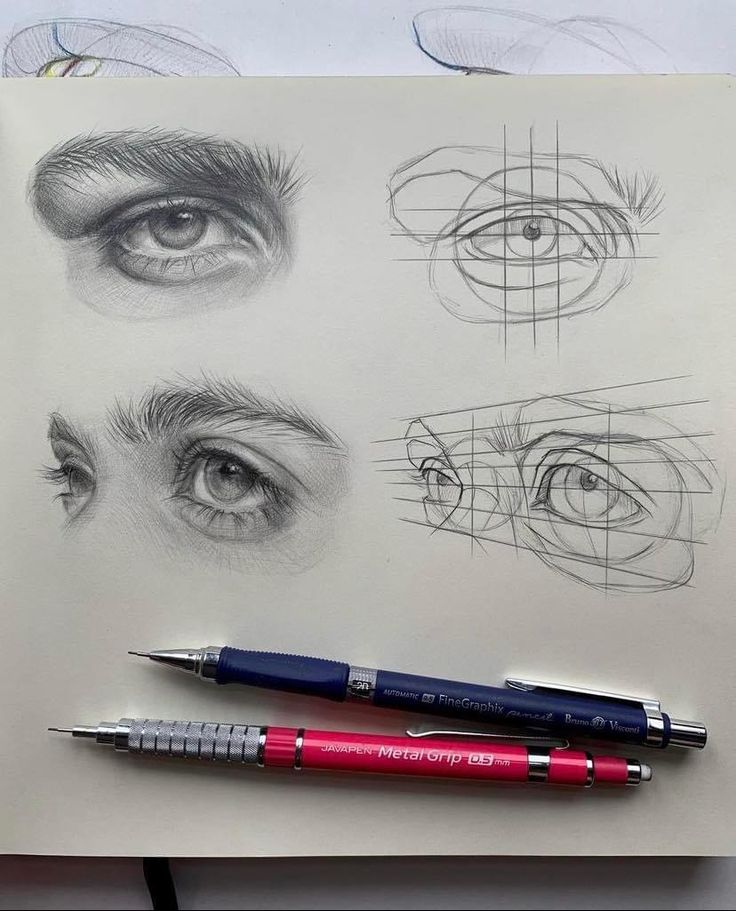
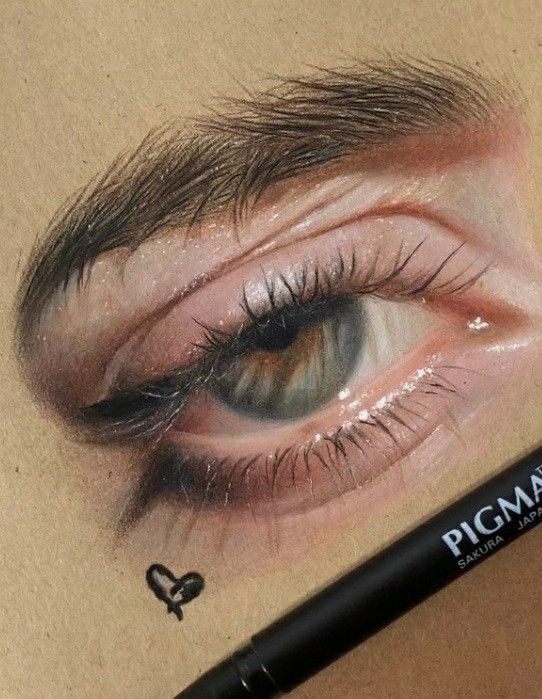
Key Takeaways
- Use the appropriate drawing tools for optimal results.
- Construct the eye’s shape as a foundation for detail.
- Add finishing touches to enhance realism and depth.
Preparing Your Drawing Tools
Setting up your workspace with the right tools is essential for achieving realistic eye drawings. Focus on selecting appropriate pencils, understanding shading techniques, and using erasers effectively to enhance your work.
Choosing the Right Pencils
The choice of pencils significantly impacts your drawing’s quality. Start with a range from H to B grades. For detailed work, a 4B pencil is excellent for rich darks, while harder pencils (like H) allow for fine lines. Keep a variety on hand to switch between light sketches and darker areas as needed.
Recommended pencil grades:
- H: Light lines
- HB: General use
- B: Dark lines
- 4B: Deep shading
Using these grades allows you to control contrasts, critical for realistic eye representation.
Understanding Shading Techniques
Shading adds depth and dimension to your eye drawings. Familiarize yourself with various techniques such as cross-hatching, stippling, and smooth shading.
- Cross-hatching involves drawing intersecting lines to build texture.
- Stippling uses dots to create gradients.
- Smooth shading requires careful blending of pencil grades for a seamless appearance.
Apply these techniques gently to avoid over-darkening. Practice on separate paper before adding these techniques to your main drawing.
Using Erasers Effectively
Erasers are not just for corrections; they help in creating highlights and refining details. A kneaded eraser is versatile for lifting graphite without damaging the paper.
- Use it to lighten specific areas and create highlights in the eye’s reflection.
- Consider traditional vinyl erasers for larger areas.
Remember to keep your erasers clean and shape them for better precision. Employing these tools correctly will elevate your eye drawing skills.
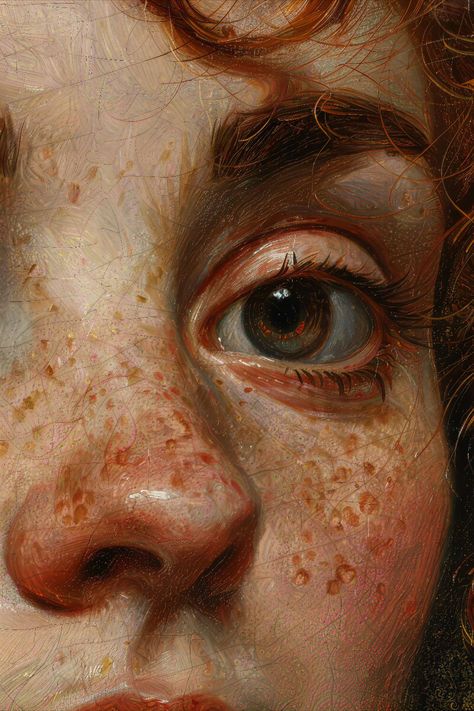
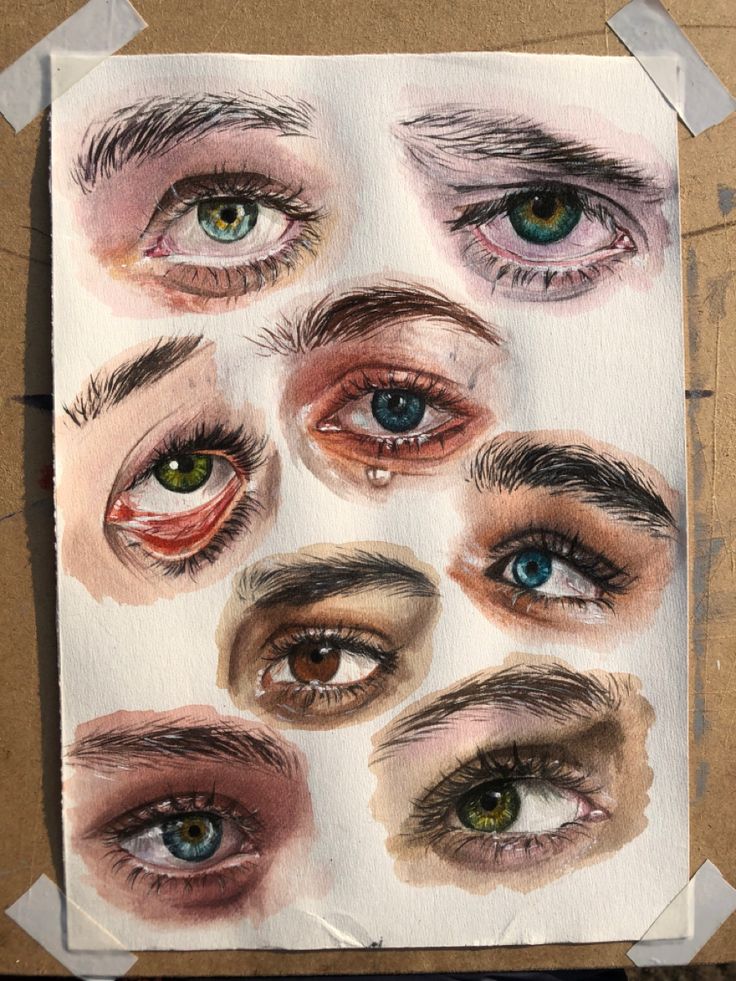
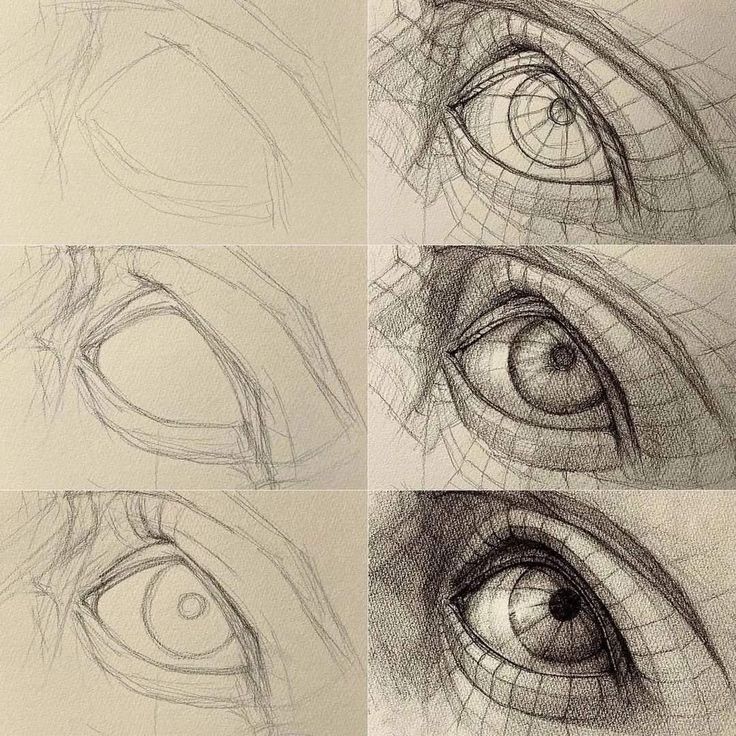
Constructing the Eye’s Basic Shape
Creating a realistic eye begins with understanding its basic shape. This involves defining the outline and placing the iris and pupil accurately, which lays the foundation for adding details later.
Drawing the Outline of the Eye
Start by sketching the basic outline of the eye. Use a gentle curve for the upper lid and a slightly less curved line for the lower lid. The shape resembles an almond, with the outer corners slightly higher than the inner corners.
It’s helpful to use light pencil strokes, as this allows for adjustments. Ensure that the width of the eye is proportional to its height. You can draw a horizontal line through the center to align the features later.
Next, mark the tear duct area. This small triangle-like shape on the inner corner of the eye should be subtle. Keep in mind the eye’s position and angle; perspective plays a critical role in achieving realism.
Adding the Iris and Pupil
Once the outline is established, it’s time to place the iris and pupil. Draw a circle within the eye shape, ensuring it touches both the upper and lower lids. The iris occupies about one-third of the eye’s height.
For the pupil, draw a smaller circle at the center of the iris. The size of the pupil can vary depending on light conditions; larger pupils suggest low light, while smaller pupils indicate brightness. Use light shading to depict depth.
To add realism, consider the iris texture. You can create lines radiating from the pupil outward. Shade the iris softly to suggest light and shadow, giving it a three-dimensional appearance. Remember, the details lead to a more lifelike rendering.
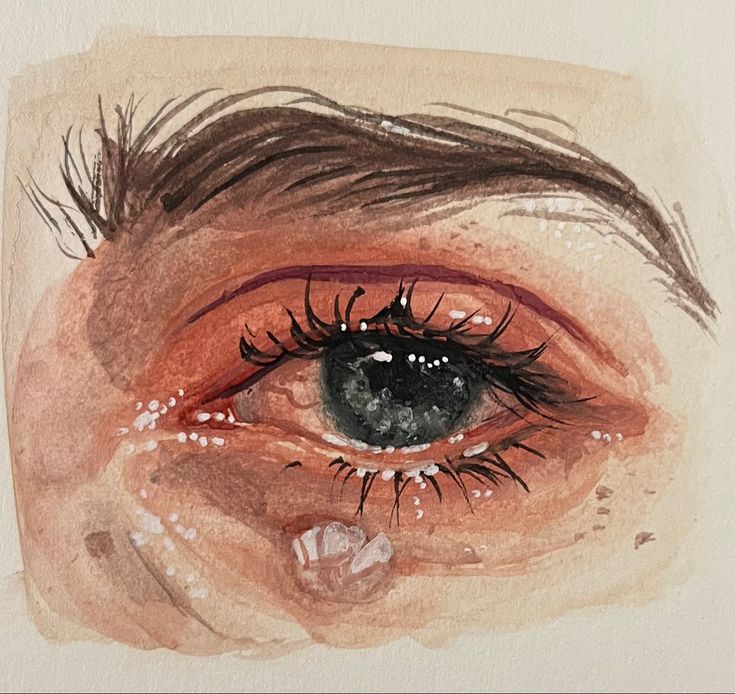
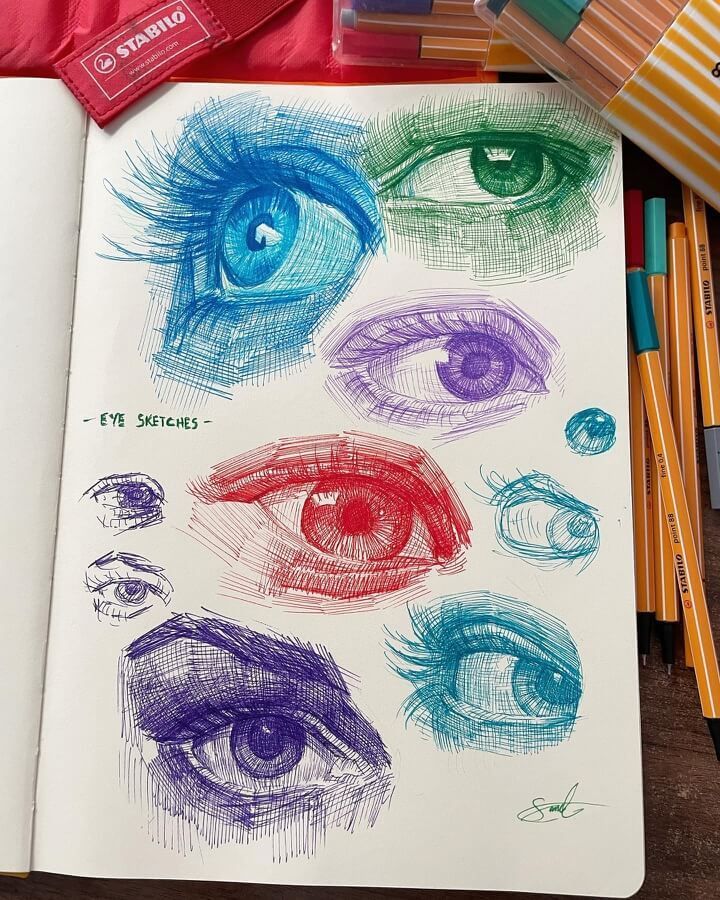
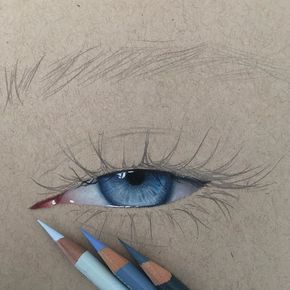
Refining Details for Realism
Adding intricate details is essential for achieving realistic eyes. Focus on perfecting the eyelids and eyelashes while also creating depth and texture. These elements will enhance the lifelike quality of your drawing.
Perfecting Eyelids and Eyelashes
Start by observing the eyelids closely. Notice how they fold and curve around the eyeball. Use fine lines to indicate these subtle shapes, ensuring that you replicate their natural contours.
For eyelashes, pay attention to their length and thickness. Begin with light strokes using a fine pencil or pen. Aim for unevenness; not every lash grows the same way. Vary the pressure on your tool to create lashes that look distinctly natural.
Consider the lighting in your reference image. Darker areas can be shaded to suggest shadows, while highlights can be left lighter or erased for added realism.
Creating Depth and Texture
Depth can be introduced by layering your shading techniques. Use soft pencils to apply gradual tones, moving from light to dark. Keep in mind the placement of the light source.
Texture is key; observe how the skin around the eyes has its own characteristics. Use short, gentle strokes to mimic fine lines or wrinkles.
Incorporate a blending tool or your finger to smooth shading, enhancing depth. Strategic highlights on the eye’s surface can suggest a reflective quality.
Always step back to assess your work, adjusting highlights and shadows as necessary. This approach will contribute to a more dynamic and realistic eye.
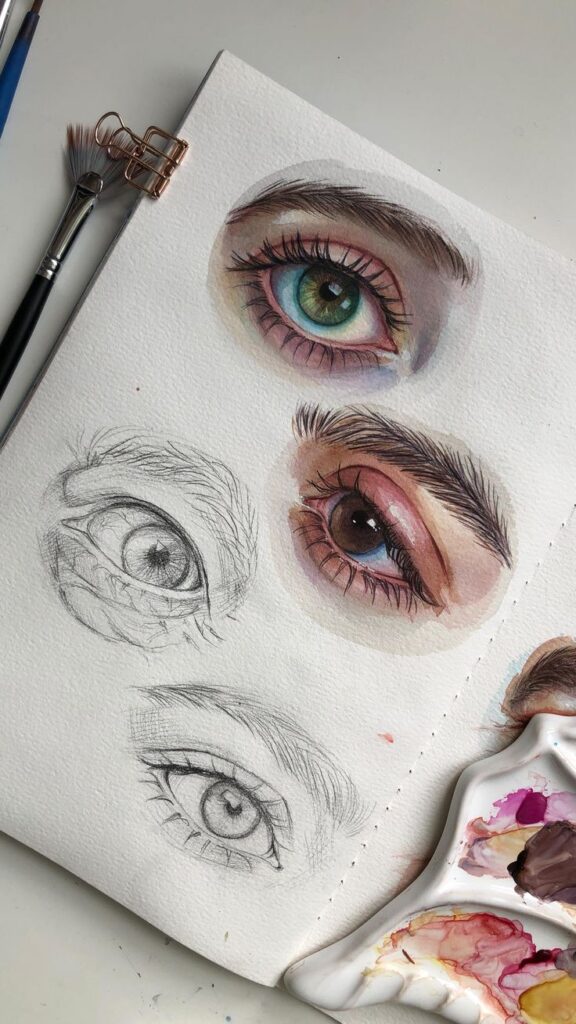
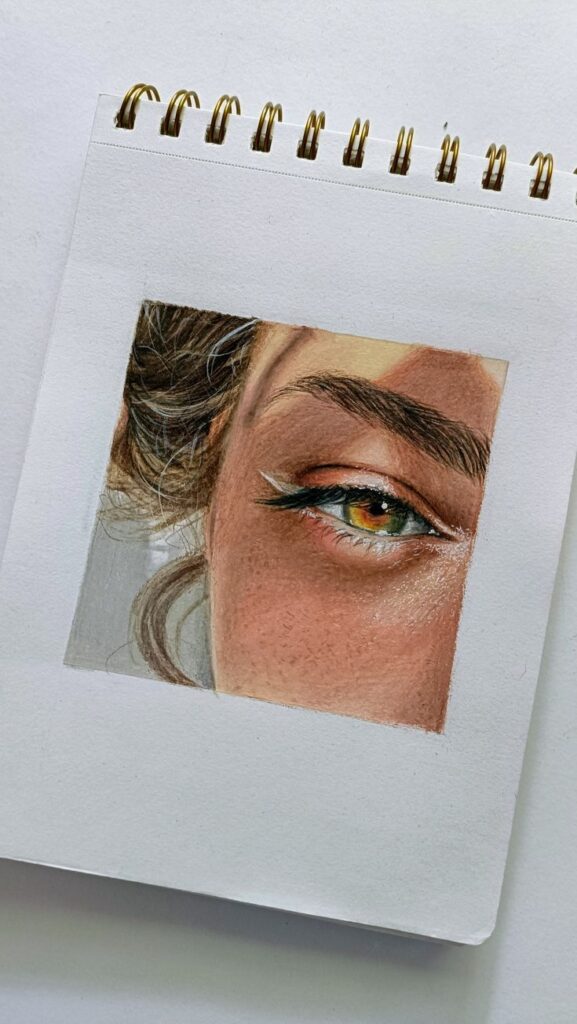
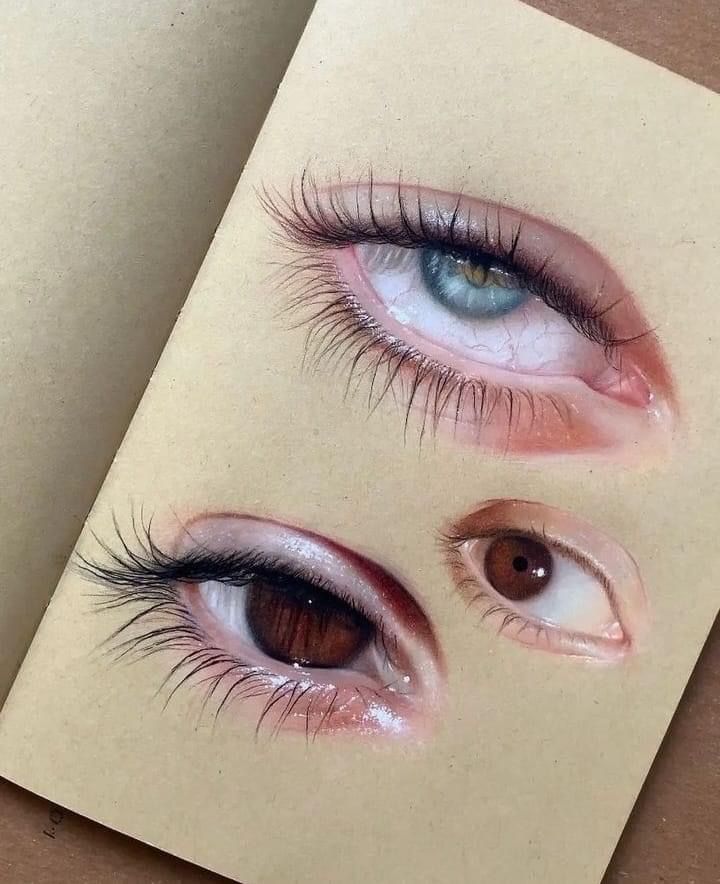
The Finishing Touches
Adding the finishing touches significantly impacts the realism of your eye drawing. Focus on the details, including the eyebrows, to enhance the overall effect.
Drawing the Eyebrows
To create realistic eyebrows, start with a light pencil to outline their shape. Observe the natural arch and thickness of the eyebrows you are emulating.
Use small, hair-like strokes to fill in the brows. This technique will mimic the texture of actual hair. Pay attention to the direction of hair growth; it usually follows a natural pattern.
Consider using a reference image to capture subtleties in tone and shadow. After shading, blend lightly with a brush or your finger for a softer appearance. Aim for a balanced look, ensuring the eyebrows complement the rest of your drawing.
- 587shares
- Facebook0
- Pinterest586
- Twitter1
